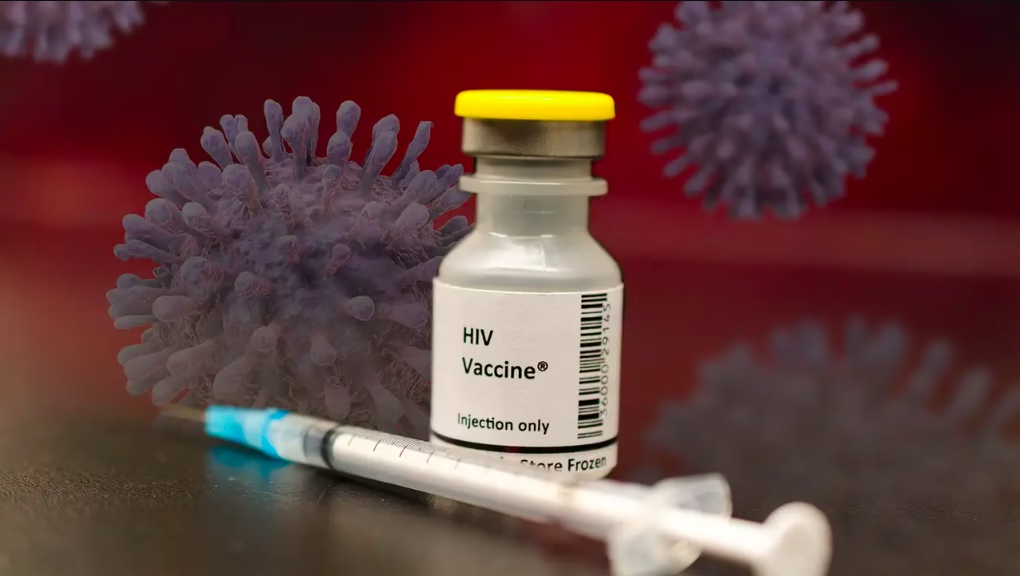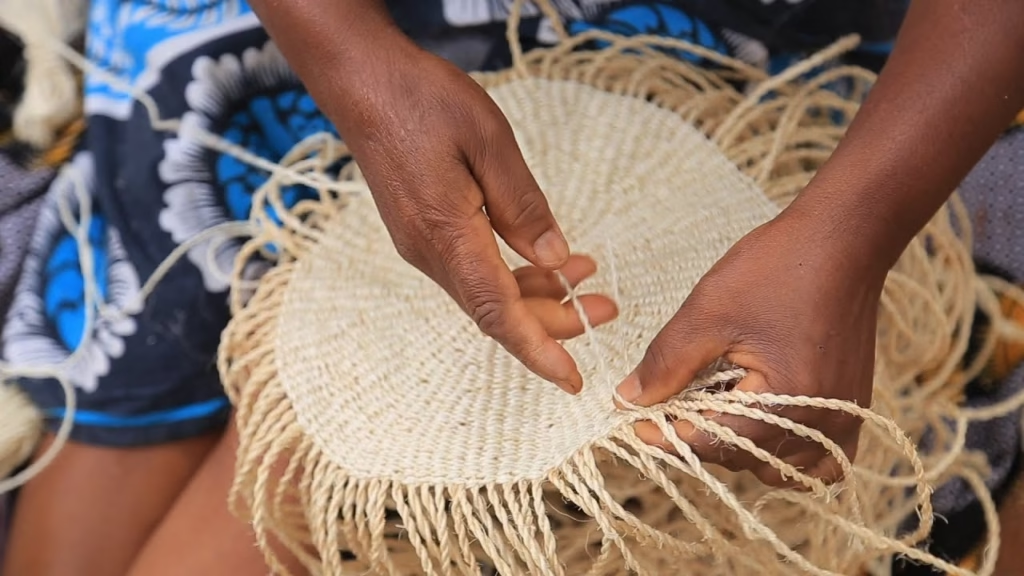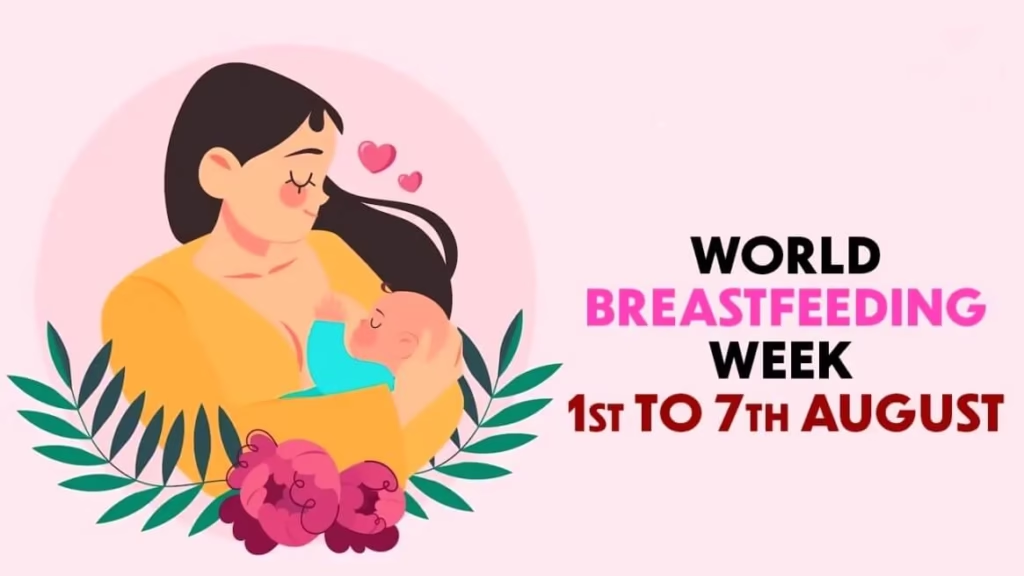
Kenya recently became one of the first countries in Africa to be selected to take part in HIV and AIDS injectable vaccine trials, this is marking a major turning point in the nation’s public health development. This choice was not made at random; rather, it is the result of years of calculated investments in medical research, community involvement and healthcare infrastructure. At the core of Kenya’s eligibility is its demonstrated dedication to combating the HIV/AIDS pandemic, a problem that has influenced health initiatives and policy for many years.
High HIV prevalence rates have long been a problem for the nation, particularly among the youths who are the important populations. Even with significant advancements in decreasing the number of new infections and increasing access to antiretroviral treatment, the illness still claims millions of lives. This ongoing burden, while regrettable, makes Kenya a crucial location for testing the safety and effectiveness of novel treatments such as the injectable vaccine. The vaccine could revolutionize HIV prevention strategies because it offers longer-lasting protection compared to the daily oral pre-exposure prophylaxis.
The established research infrastructure in Kenya is a key factor in its selection. Leading universities and organizations like the Kenya Medical Research Institute have carried out a number of international health trials, including earlier vaccine studies. These institutions provide the ethical governance and technical know-how needed for delicate clinical research. Their capacity to work with global health organizations such as the Centers for Disease Control and Prevention and the World Health Organization strengthens Kenya’s position as a leader in medical innovation.
The injectable vaccine itself is intended to stimulate T-cell and antibody activity against HIV in order to elicit a strong immune response. Compared to daily pills, which people frequently struggle with adherence because of social stigma and forgetfulness, it is administered on a periodic basis, providing greater privacy and convenience. A covert injection could be life-changing for a lot of potential users, especially in rural and underserved areas.
The significance of Kenya’s participation extends beyond clinical research. It represents a larger trend away from viewing African nations as passive recipients of Western science and toward treating them as equal partners in research and innovation. This strategy recognizes the leadership, data and insights that African communities and institutions can contribute to the global health ecosystem. Kenya is sending a clear message to donors and pharmaceutical companies that funding Africa’s health research capabilities can benefit both parties by being willing to participate in this innovative vaccine trials.
In Kenya, there is cautious optimism among activists and health professionals. Despite acknowledging the vaccine’s potential advantages, medical professionals, researchers and community health workers stress the importance of adequate public education in order to counter false information, build trust and guarantee participants’ informed consent. It is necessary to mobilize grassroots networks to reach a variety of populations and provide clear explanations of the trials’ goal and the underlying science.
Kenya sets an example for the rest of the region through its knowledge gained from the vaccine trial will be a great resource for other nations thinking about launching similar projects. Additionally, if it is implemented successfully, it may open the door for the vaccine to be distributed more widely throughout sub-Saharan Africa, which still bears the brunt of the global HIV epidemic.
In the end, Kenya’s contribution to the advancement of HIV and AIDS vaccine research is a source of hope as well as a testament to its tenacity. The nation is taking decisive action to safeguard future generations, promote innovation, and redefine its public health narrative. This development serves as a potent reminder of what can happen when science, policy, and the community are united by purpose and resolve, even though there are still obstacles to overcome.


